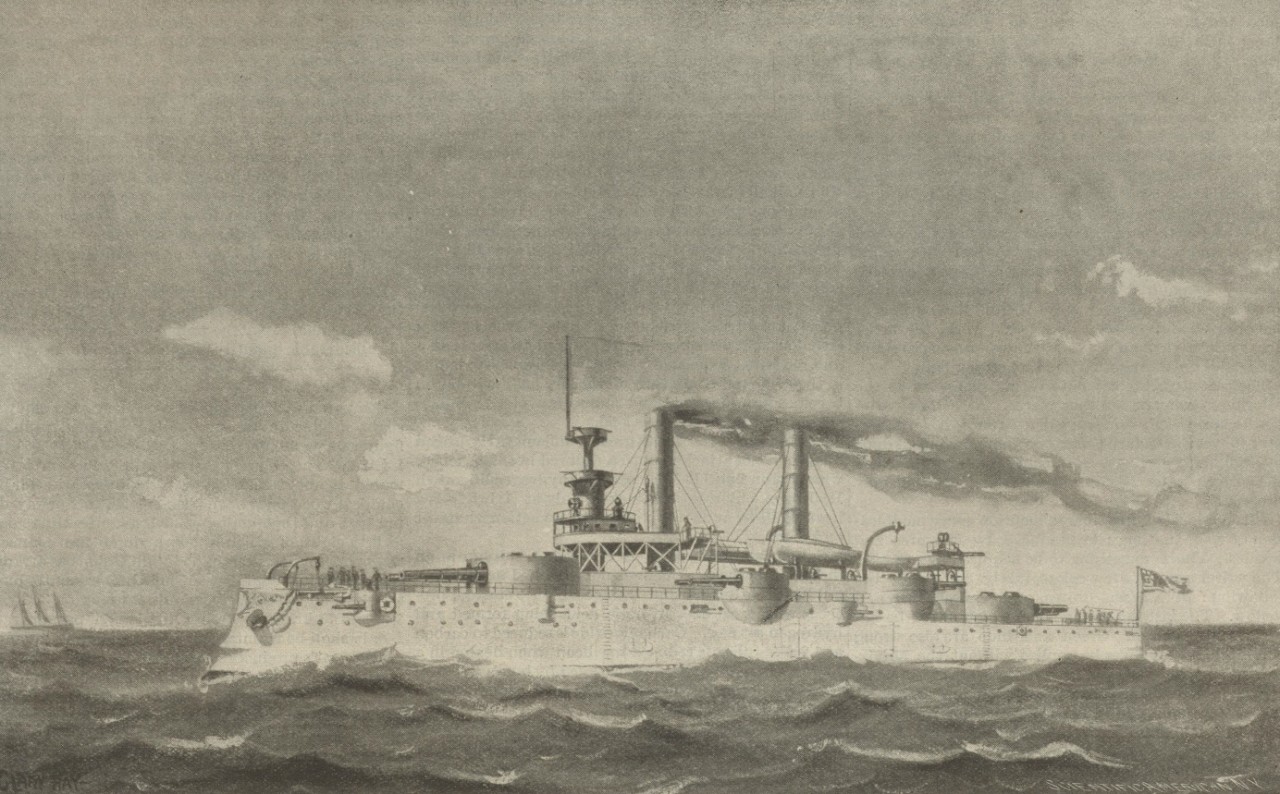Timeline - Howell Torpedo No. 24

Caption:
| DEC 1898 | Howell Torpedo No. 24 was lost from the battleship USS Iowa (BB 4) while conducting training exercises off the coast of San Diego, California. The ship's log states "Lost H. Mark I, no. 24 torpedo" on 20 December 1898. |
| MAR 2013 | Trained dolphins, part of Navy’s Marine Mammal Program of the Space and Navy Warfare Systems Center Pacific (SPAWAR), discover No. 24 off the coast of San Diego. SPAWAR works with the Naval History & Heritage Command (NHHC) to identify the torpedo model, certify it safely inert, and coordinate its transportation to NHHC headquarters. |
| MAY 2013 | No. 24 arrives to NHHC headquarters on the Washington Navy Yard, DC for stabilization and conservation treatment at the UA Archaeology & Conservation Laboratory. Both the middle- and after-body sections are submerged in water to initiate desalination. |
| JUN – JUL 2013 | NHHC UA conservators begin documentation, research and stabilization of the middle- and after-body sections of No. 24. |
| AUG 2013 | NHHC UA Branch research confirms loss of No. 24 from USS Iowa through consultation of Navy archival records and ship logs. |
| OCT – DEC 2013 | NHHC UA conservators initiate work with Terra Mare Conservation, LLC through SEARCH Inc., to begin active conservation treatment of No. 24 at the Archaeology & Conservation Laboratory on the Washington Navy Yard. Both the middle- and after-body sections are moved into specially-selected chemical baths to encourage desalination and cleaning. |
| JAN 2014 | NHHC UA and Terra Mare conservators and UA archaeologists open, excavate and screen No. 24’s middle-body section. Conservators work to partially disassemble No. 24 where possible and allow for more comprehensive treatment of smaller components. |
| MAR – APR 2014 | Conservators focus on mechanical cleaning and removal of concretion from the middle- and after-body sections of No. 24 while continually monitoring desalination progress. |
| MAY 2014 | NHHC archaeological conservators and engineers from Naval Surface Warfare Center, Philadelphia (NSWC) collaborate to begin the first of three laser scanning sessions for a 3-D documentation project of No. 24. Conservators determine fly-wheel must be left in situ for treatment. |
| JUL 2014 | No. 24’s middle-body section begins localized electrolysis on the fly-wheel. Engineers from NSWC Philadelphia complete second 3-D laser scan of No. 24. |
| SEP – DEC 2014 | Conservators focus on mechanical cleaning and concretion removal around the fly-wheel in the middle-body section and the after-body section gears and propellers while continually monitoring desalination progress. |
| FEB – APR 2015 | Conservators focus on mechanical cleaning and concretion removal around the fly-wheel in the middle-body section and treatment of smaller disassembled components while continually monitoring desalination progress. |
| MAY 2015 | After-body section finishes desalination and cleaning. Conservators complete treatment and reassemble the after-body’s mechanical and structural components. |
| JUN – JUL 2015 | Middle-body section finishes desalination and cleaning. Conservators complete treatment and reassemble structural components. |
| NOV 2015 | Engineers from Naval Surface Warfare Center Philadelphia return to do a final comprehensive 3-D laser scan of No. 24. |
Published: Wed Jun 10 18:44:22 EDT 2020


